Kaoru Kusano
About the department
In Oral Implantology equipped with facilities for more accurate examination and diagnosis, we conduct various tests such as medical CT examination before surgery. We provide implant treatment to each patient in a well-organized manner by making a team with other clinical departments.
- Facility certified by academic societies
- Society specification training institution (University) of the Japanese Society of Oral Implantology
- Certified training facility (A) of the Japan Prosthodontic Society
- Certified training facility of the Japan Association of Oral Rehabilitation
Common oral diseases treated
- Loss of teeth
- A denture does not fit (ill-fitting denture)
- Missing the ability to bite and chew
- Not sufficient jawbone to receive implant treatment (alveolar ridge atrophy)
Director of the department
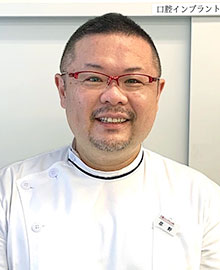
Specialty/qualification
- Fellow and certified educator of the Japanese Society of Oral Implantology (JSOI)
- Certified specialist of maxillofacial implant surgery of the Japanese Academy of MaxilloFacial Implants
- Board certified dentist of the Japanese Stomatological Society
- Board certified instructor of the Japanese Stomatological Society
- Board certified dentist of the Japanese Society of Dental Practice Administration
- Board certified physician for regenerative medicine of the Japanese Society for Regenerative Medicine
- JSPO sports dentist
(JSPO: Japan Sport Association)
Chief Dental Clinician
Kenzo Morinaga
Specialty/qualification
- Fellow of the Japanese Society of Oral Implantology (JSOI)
- Certified specialist of maxillofacial implant surgery of the Japanese Academy of MaxilloFacial Implants
Characteristics of dental care
1. Treatment consultation/examination/diagnosis
Before offering a dental implant, we determine whether or not the treatment is indicated by conducting various tests. First, the local and systemic conditions are examined to see if an implant is appropriate. Then, we explain the procedures and risks of implant treatment and the necessity of X-ray and blood tests, etc.
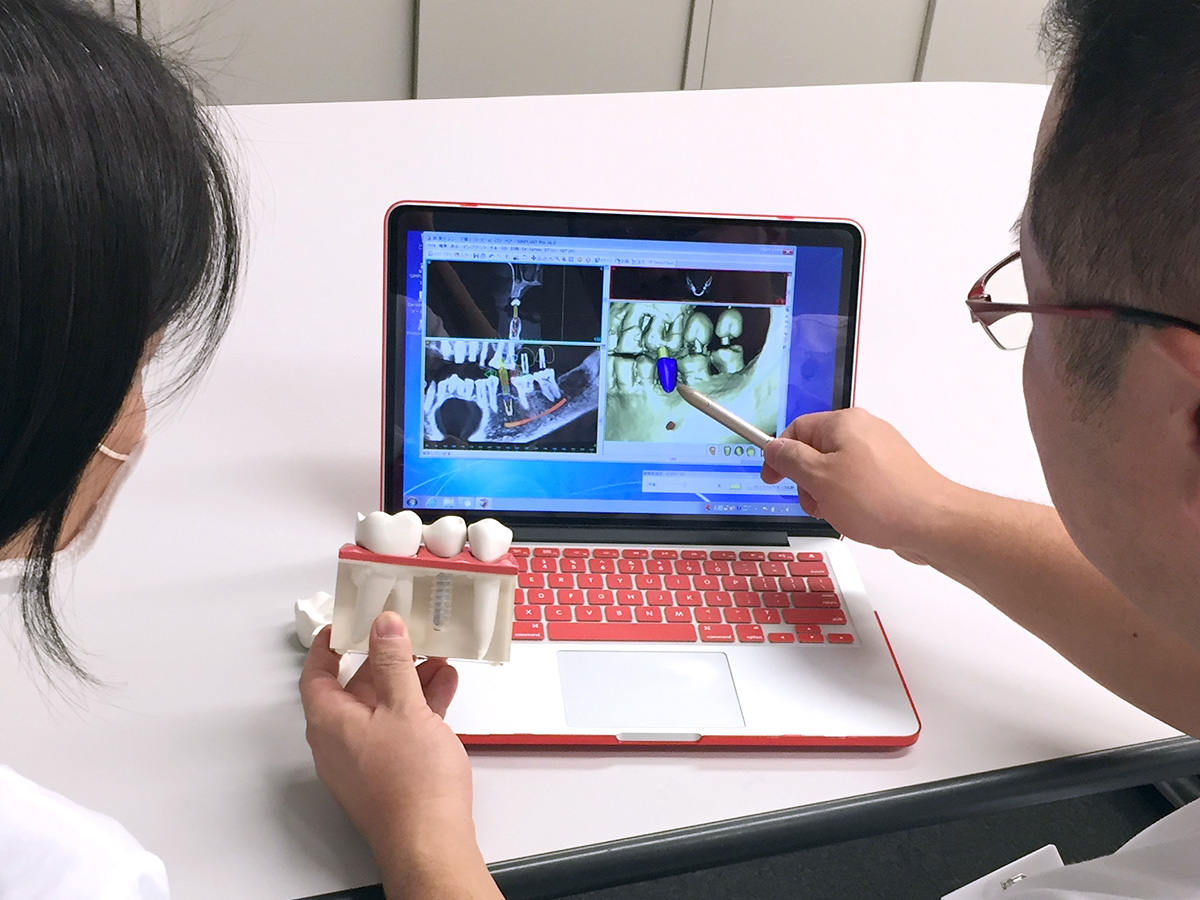
explanation to patient
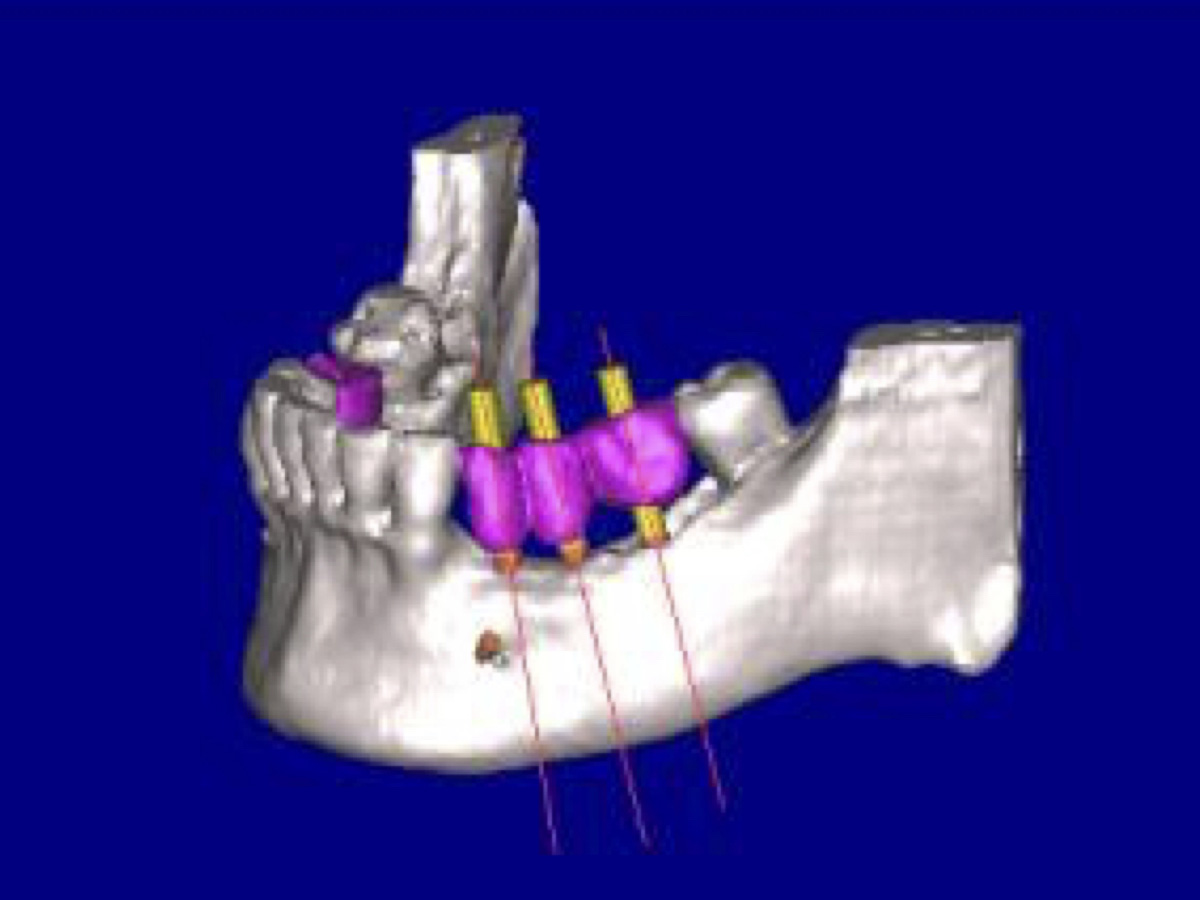
simulation
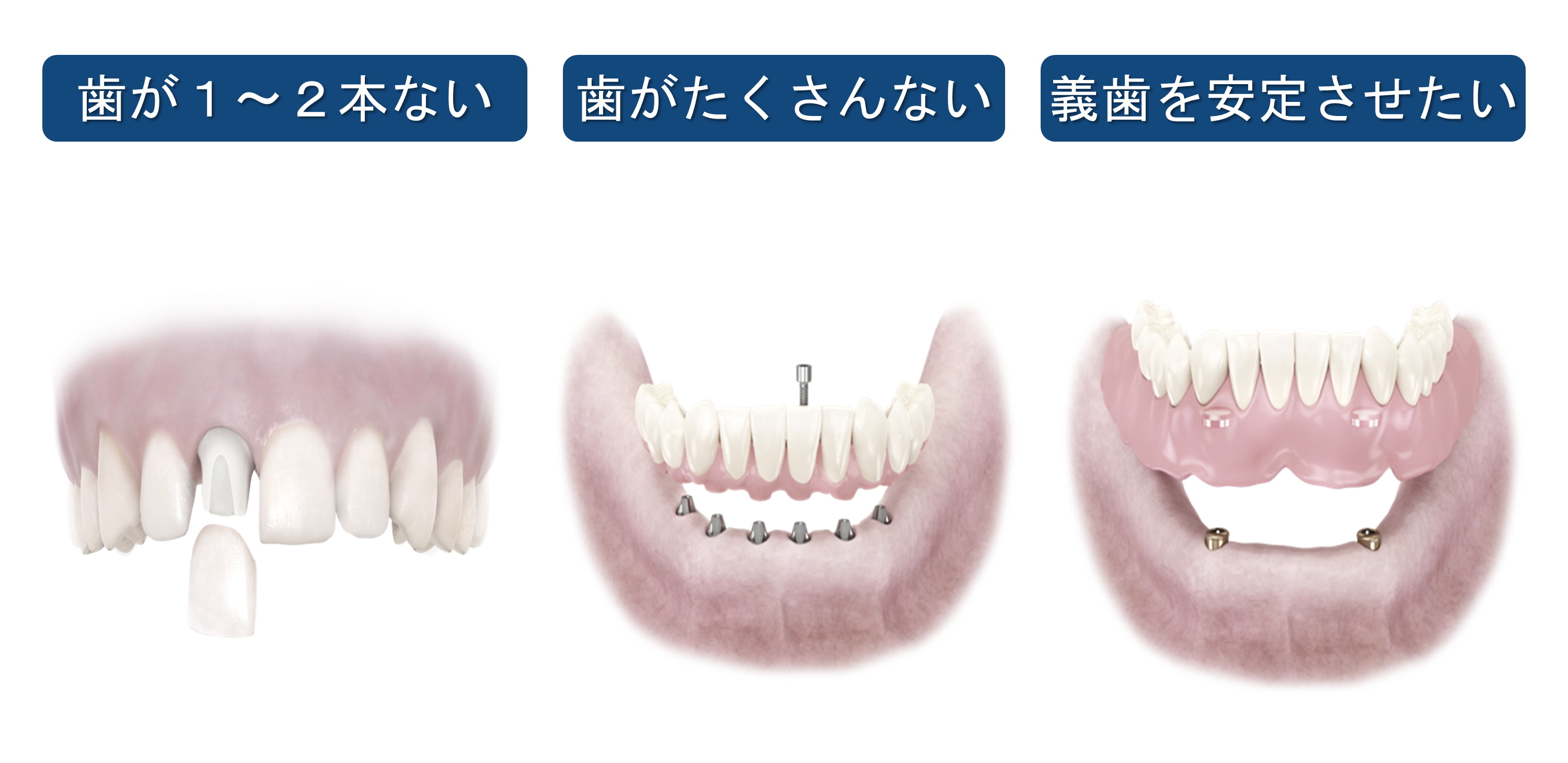
presentation
2. Implant surgery
An artificial root called implant body is implanted in the bone of the jaw. If the patient is afraid of surgery or anxious about the general condition such as hypertension, we can perform the procedure under sedation in cooperation with an anesthesiologist. With sedation, the patient can undergo the surgery in a relaxed state like half asleep. In general, an artificial tooth cannot be used instantly after the surgery of implant body. It usually needs several months for the implant body to connect to the jawbone.
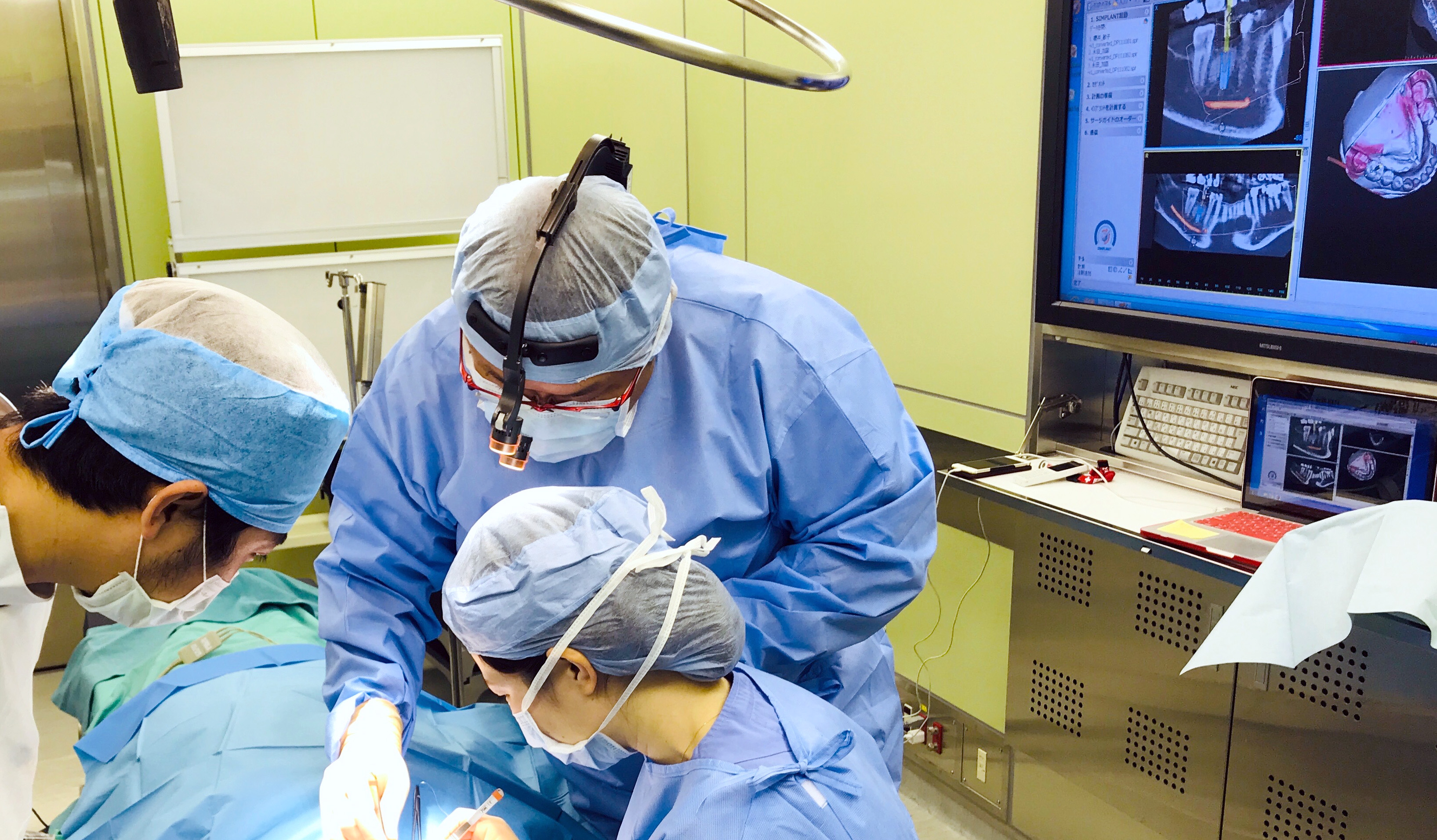
Surgical scene 1
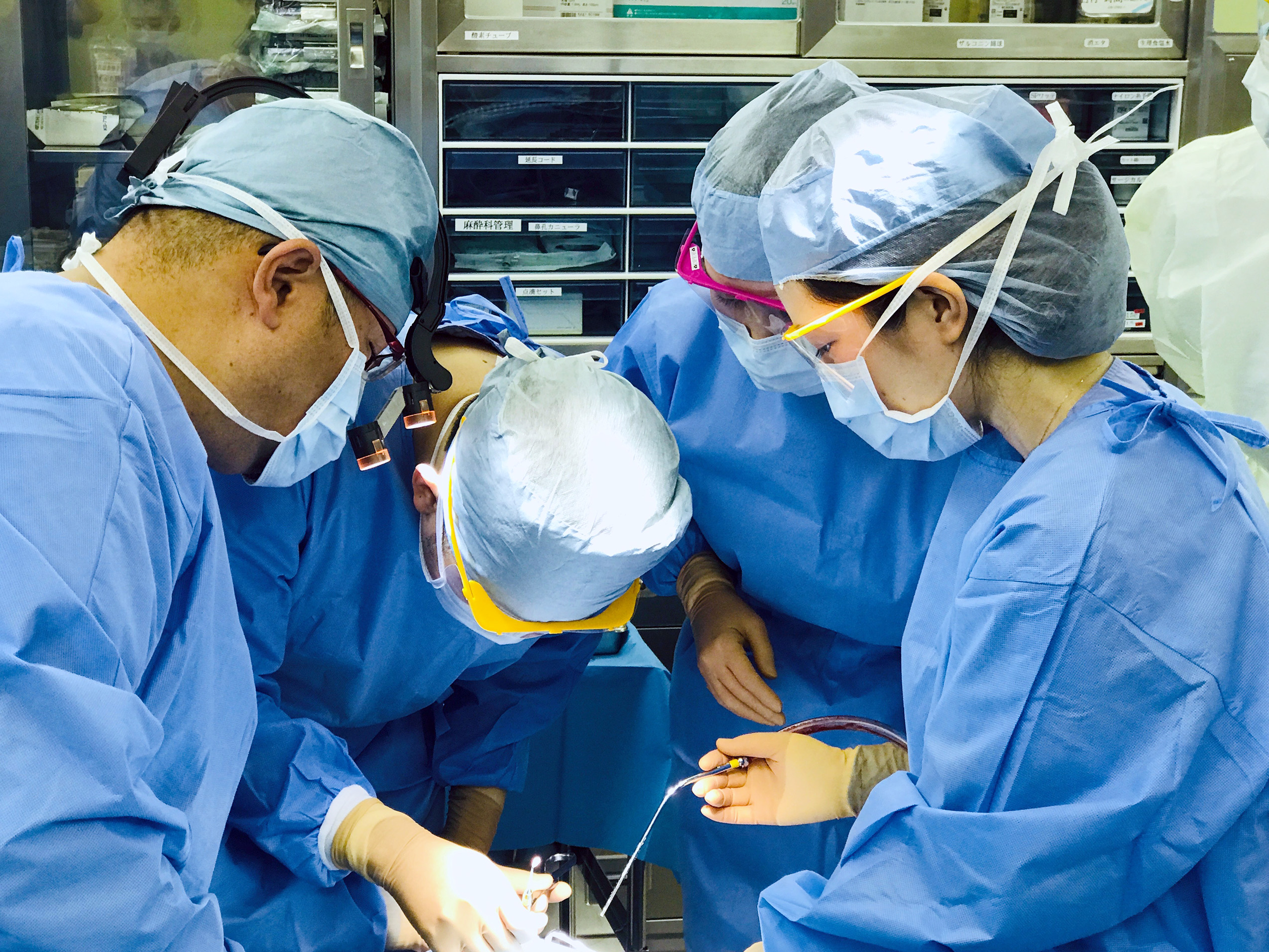
Surgical scene 2
<Superstructure of implant>
What is important for implant is not only surgery in which the implant is placed into the gum. The superstructure that corresponds to a tooth is also important. Generally, a temporary tooth is placed after the implant binds to the bone so that the patient can see what it is like. We adjust the shape of the tooth and the condition of the surrounding mucous membrane with the temporary tooth. We will make a new tooth by consulting with the patient, dentist, and dental technician about the shape and color of the temporary tooth.
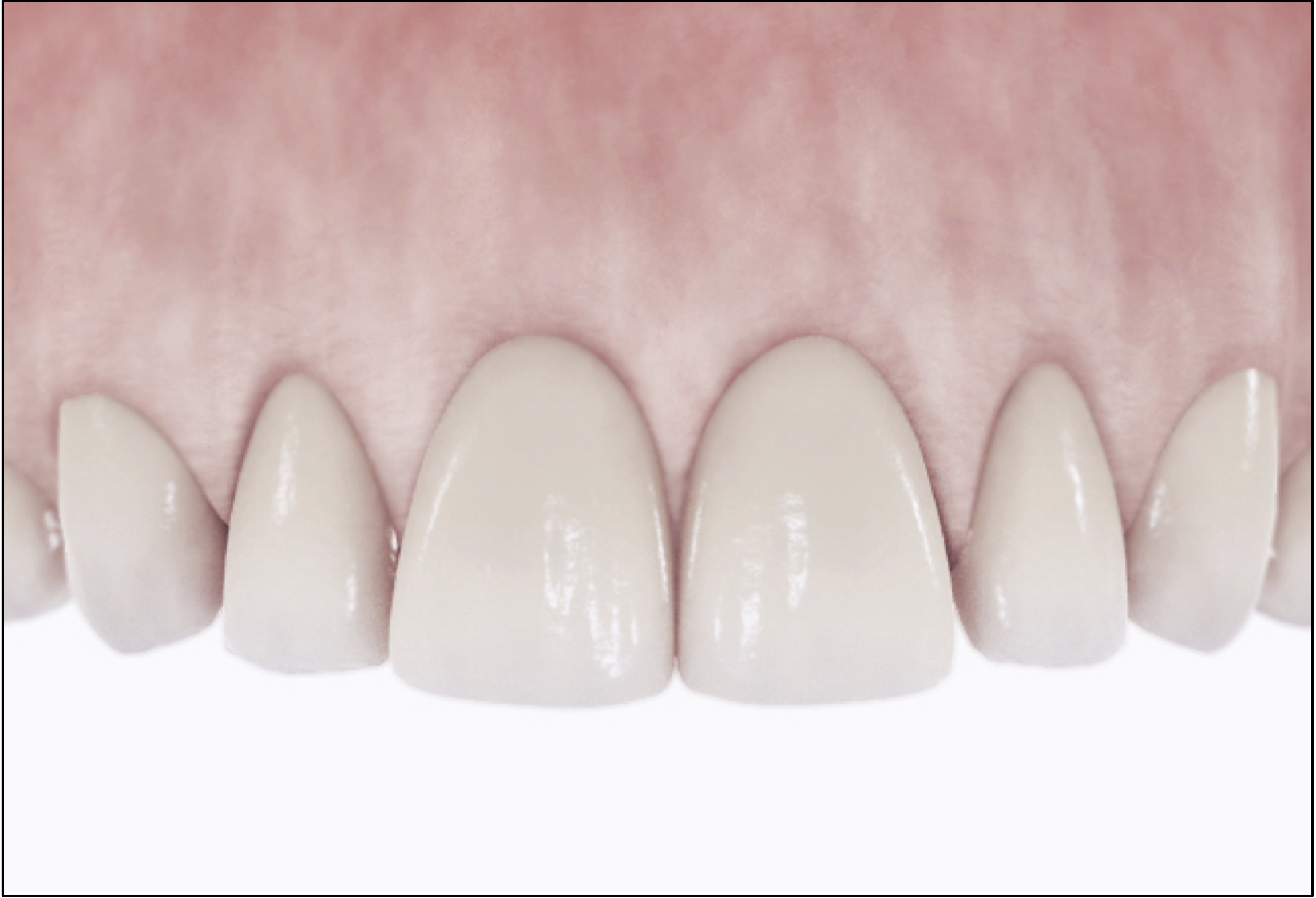
Prosthesis of anterior teeth
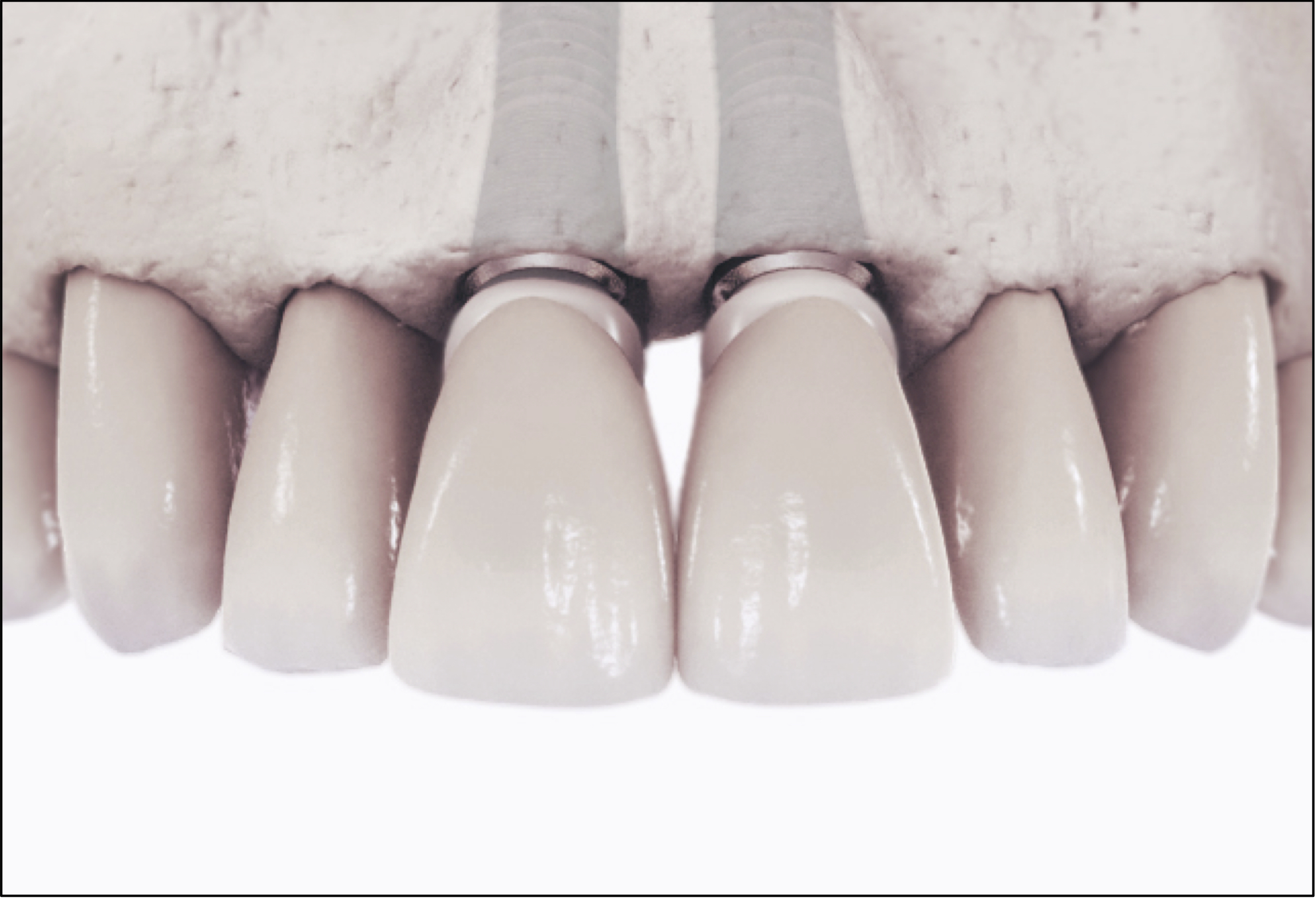
Prosthetic implant for anterior teeth
3. Maintenance
Regular maintenance is essential to keep the implant for a long period of time and in a good condition. The condition of the implant and surrounding gum and occlusion, etc. will be checked in regular maintenance. The health of entire mouth, including implant, will be cared through daily brushing by the patients and specialized cleaning in our department.
Efforts for state-of-the-art dental care
Hyperostosis (bone grafting)
Creating the bone necessary for implanting
Sinus lift/socket lift
Dental implants cannot be sometime placed due to a large cavity (maxillary sinus) in the maxillary. In that case, the bone necessary for implanting is created in the cavity.
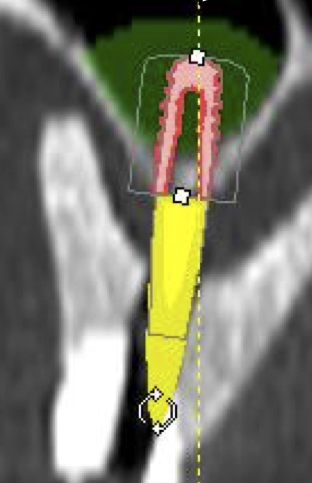
Mucosal graft/connective tissue graft
Creating the gum when there is not enough gum (gingiva) around the implant.